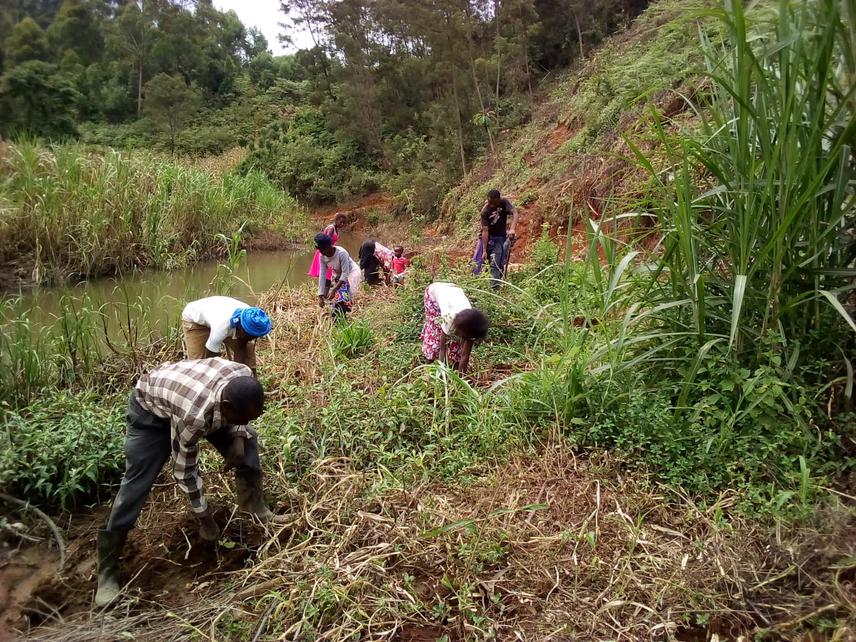Gloria Kendi Borona
Other projects
28 Jul 2015
Investigating People-Forest Relationships around Central Kenya’s Aberdare Forest Reserve: Understanding their Sustainability through Indigenous Knowledge Systems
This project is a follow up to my previous project, which was centred around my doctoral research. It aimed at understanding people-forest relationships through indigenous knowledge systems. One of the key strategies I used to collect data and engage with my research participants was through the metaphor of the three-legged African stool. Re-chiselling the stool is understood as re-building African societies in a variety of dimensions. Some of the recommendations put forward in that project include: to enhance community education, work towards community mobilization, and reforestation programs. This project proposes to work towards implementing these recommendations at the community level through ecological restoration works, youth meetings, and community-based dialogues on sustainable people-forest relationships.

Tree planting activities along the river system in eastern Nyandarwa.
This project will be implemented through a three pronged strategy.
1. Sustained educational activities at the community level
The need for education about the importance of forests, indigenous knowledge systems and forests and food systems was emphasized as an important activity at the community level during the course of my research project. Elders, in particular, insisted on the need to mobilize youth in order to create opportunities for inter-generational transfer of knowledge. This is not happening at the moment and elders are dying off, leaving a culturally impoverished population. To get this going, we shall organize two youth forums on both sides of the forest - east and west. This will bring elders and youth together in a forum for co-creation of knowledge. These workshops will take place during the first two months of the project. Different issues tied to landscape restoration and re-building of the community's cultural infrastructure will be discussed during these meetings. Further, the community will define their long term engagement strategy beyond the life of the project.
2. Tree planting
Following activity one, participants will work on the landscape and put the knowledge they will have gained through inter-cultural dialogue into practice. We aim at planting a minimum of 10,000 indigenous trees in the forested landscape and individual farms. The seedlings will be purchased from community members and groups who run nurseries/ who propagate them. This activity is absolutely critical because it will ensure that everyone confronts forest degradation in their respective home areas. Often, people speak about forest degradation but they have not seen it. It is also important because planting a tree can be an entry point to discussing many other issues, such as food systems, governance, and climate change. Tree planting is seen as an act with various imperatives: cultural resurgence; ecological restoration; struggle for good governance; community solidarity; and a quest for peace.
3. Community mobilization
During my research I brought the two communities I worked with together for a cultural celebration. This workshop provided an excellent opportunity to share and exchange notes about how to manage their shared resources. The two communities I worked with live about 100 kilometres apart. This meeting also provided an opportunity to discuss their shared challenges. This meeting mainly featured older people and very few youth. I would like to bring the youth from both sides of the forest together to conduct a similar exercise.